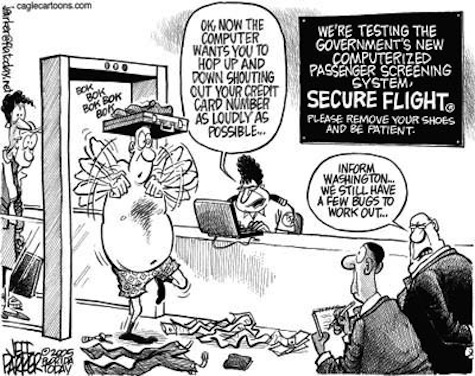Then she tried to sit on my lap while I was standing up – Philip Marlow, The Big Sleep (1946)
He never asks for a second favor when he’s been refused the first. Understood? – Tom Hagen, The Godfather (1972)
I killed him for money and for a woman. I didn’t get the money and I didn’t get the woman. – Walter Neff, Double Indemnity (1941)
Jake Gittes: There’s no point in getting tough with me. I’m just---
Evelyn Mulwray: I don’t get tough with anyone, Mr. Gittes. My Lawyer does. Chinatown (1974)
Don’t forget, waste is defined as, “anything beyond the absolute minimum amount of materials, manpower, or machinery needed to add value to a product or service”. (Flinchbaugh & Carlino, 2006) As I mentioned before, there are seven main sources of waste in the dental practice; this month we will cover Unnecessary Motion:
• Overproduction
• Waiting
• Unnecessary Transport
• Over-processing
• Excess Inventory
• Unnecessary Motion
• Defects
It may seem axiomatic that people take the easy way whenever possible in life. Or, they’ll do what they can to avoid unneeded effort or motion. Or, they’ll find somebody else to do it for them. Ironically, the easy way is not necessarily the most efficient. For example, the easiest way to get from point A to point B would be a straight line. But, put a box in the middle of that line and people will go around it, and around it, and... You see, it’s easier to ignore the obstacle and keep walking around it than it is to move it out of the way.
I’m one of those people that, when I come home from a trip, my suitcase makes a slow journey to the garage. I put it on the bed in the guest room and unpack; then, in a few days (or weeks) I move it to the back door, where it sits until I finally set it inside the garage door. Finally, I get tired of walking around it and put it on the shelf.
When we’re moving, we’re going somewhere. Unless we’re sleep-walking, we don’t just stand up one day and start meandering without any idea where our legs are taking us. Each time I let that suitcase lay there, I was going somewhere and had a task, but the task of putting the suitcase away never seemed as important as what I was doing at the moment. I should have just put it away as soon as it was unpacked. That would have saved a lot of unnecessary motion. It would have been the efficient, lean thing to do.
Remember that “continuous improvement” is key to Lean. That means we should always be in the mindset of looking for better ways to do things. There is a term in lean: “Kaizen”. Kaizen is a Japanese word.
“Kaizen means ‘Continuous Improvement’ and is the process of making incremental improvements, no matter how small, and eliminating all waste that adds to cost without adding to value.” (Liker, 2004)
Kaizen can also be an event. The most common Kaizen event we all participate in is spring cleaning: things are cleaned, put into order, moved, and eliminated. One Kaizen event I have from time to time is cleaning my office. I have the tendency to drop stuff just about anywhere (easy, no?) until it gets to the point that I can’t find anything. Then, instead of taking a book and putting it on the shelf when I’m done, I end up putting away lots of books, shuffling papers, throwing stuff away, and even moving furniture.
If your practice is well-ordered, then start looking for small ways to eliminate wasted motion. I’ve seen very well organized offices where everyone is moving to the same rhythm and doing their jobs like bees in a hive. Yet, when supplies arrive at the back door, they clog up the break room, until they’re moved to a receiving area where they sit until the box is opened and the product is checked against the packing list. The stuff sits in the box in that space until there’s time to put it away. Have you ever found yourself rooting around in a box of supplies that haven’t been put away because you need something now?
Look around. Straighten things up. Those are important. A bigger event would be to sit down and see if there are ways to cut down on motion transporting items to the operatory. Are there more accessible places to store product, both in central supply and in the operatory? How many steps could be saved in any function in the office, from cleaning and sterilization to filing patient records? List the everyday functions of the office then, as a staff, brainstorm ways to eliminate unnecessary motion. Chart it. Walk it through.
It may seem like too much effort to get started, but in both the short and long-run, you’ll feel better and will notice a difference in your stress level and efficiency.
Based upon the Lean philosophy of Kaizen, eliminating unnecessary motion is eliminating all motion that adds to cost without adding to value. People hate to hear it, but time is money. Every minute of unnecessary motion you can eliminate is finding money in your practice you didn’t know was there.
Next month: Defects
Works Cited
Flinchbaugh, J., & Carlino, A. (2006). The Hitchhiker's Guide to Lean. Dearborn: Society of Manufacturing Engineers.
Liker, J. K. (2004). The Toyota Way. New York: McGraw-Hill.

